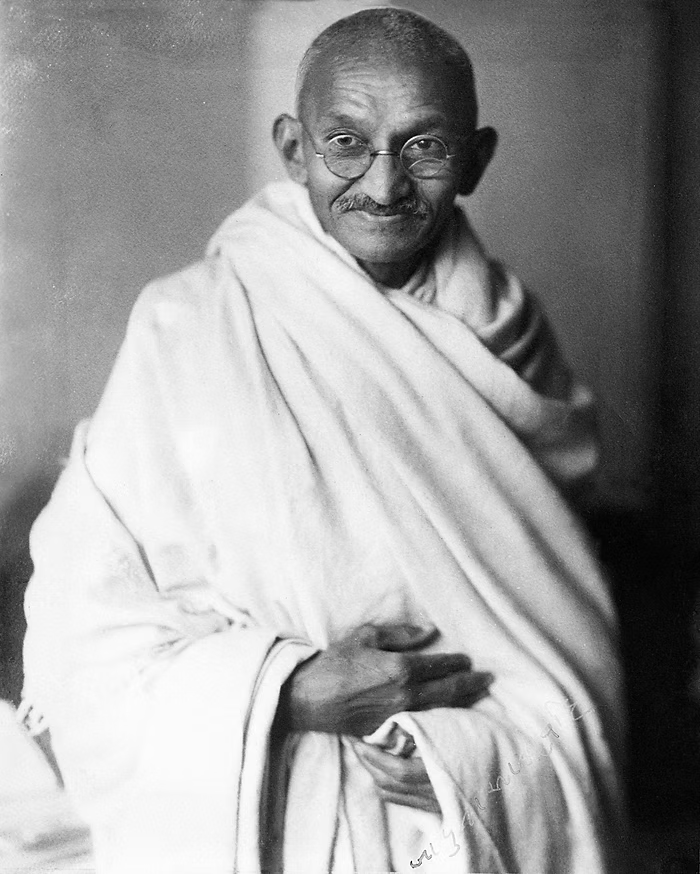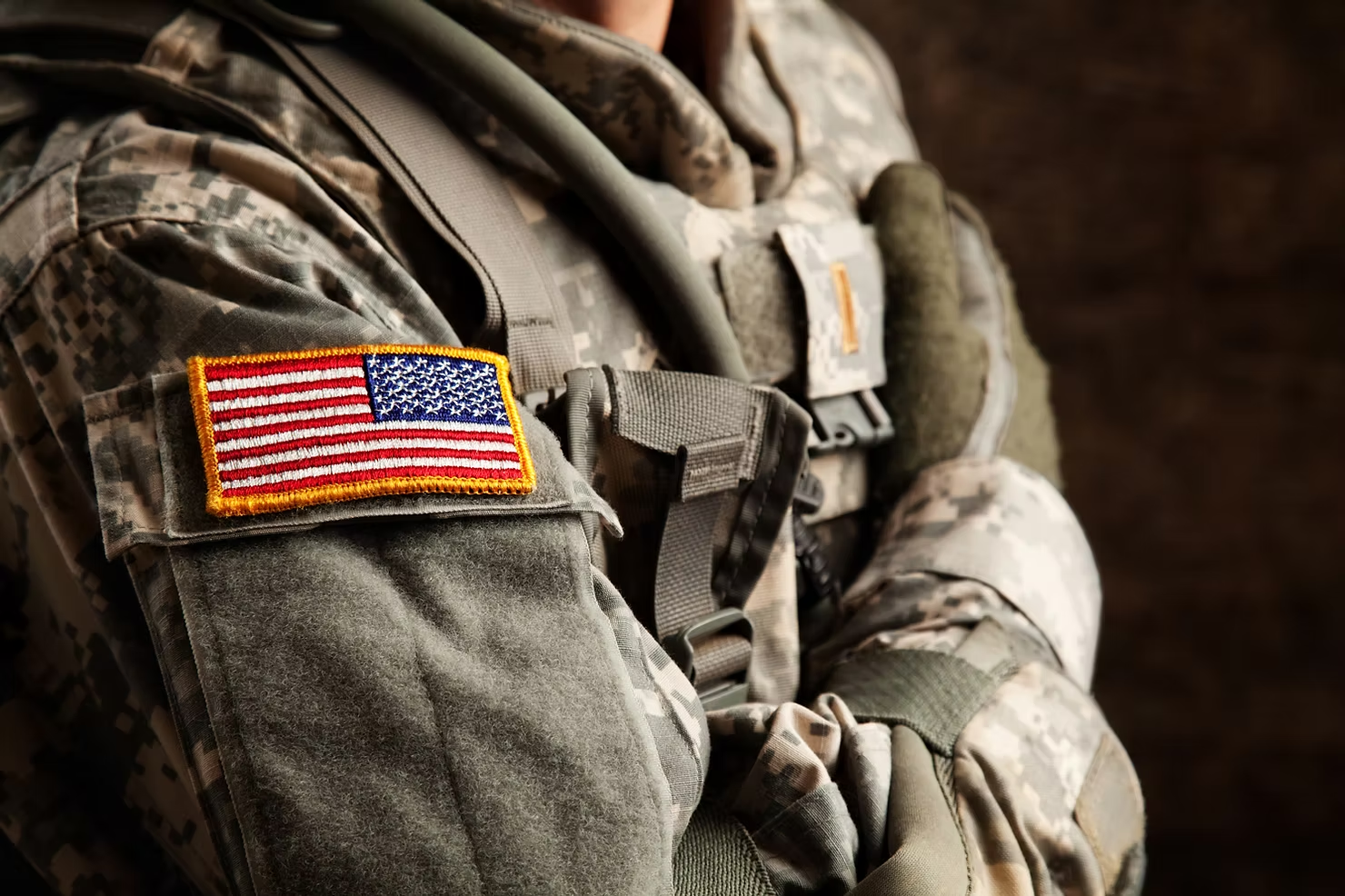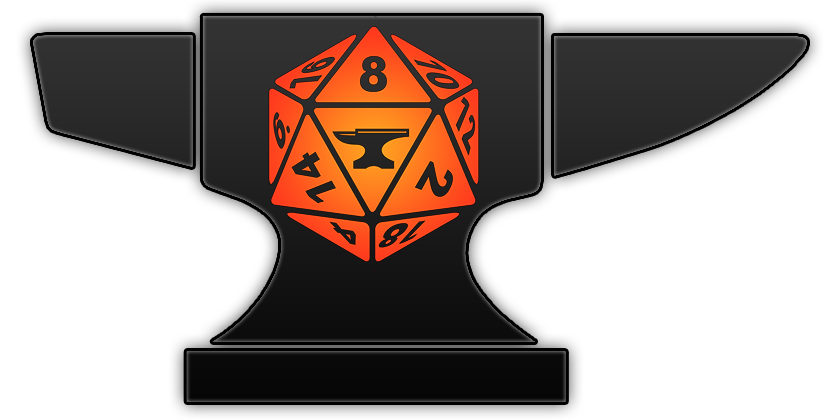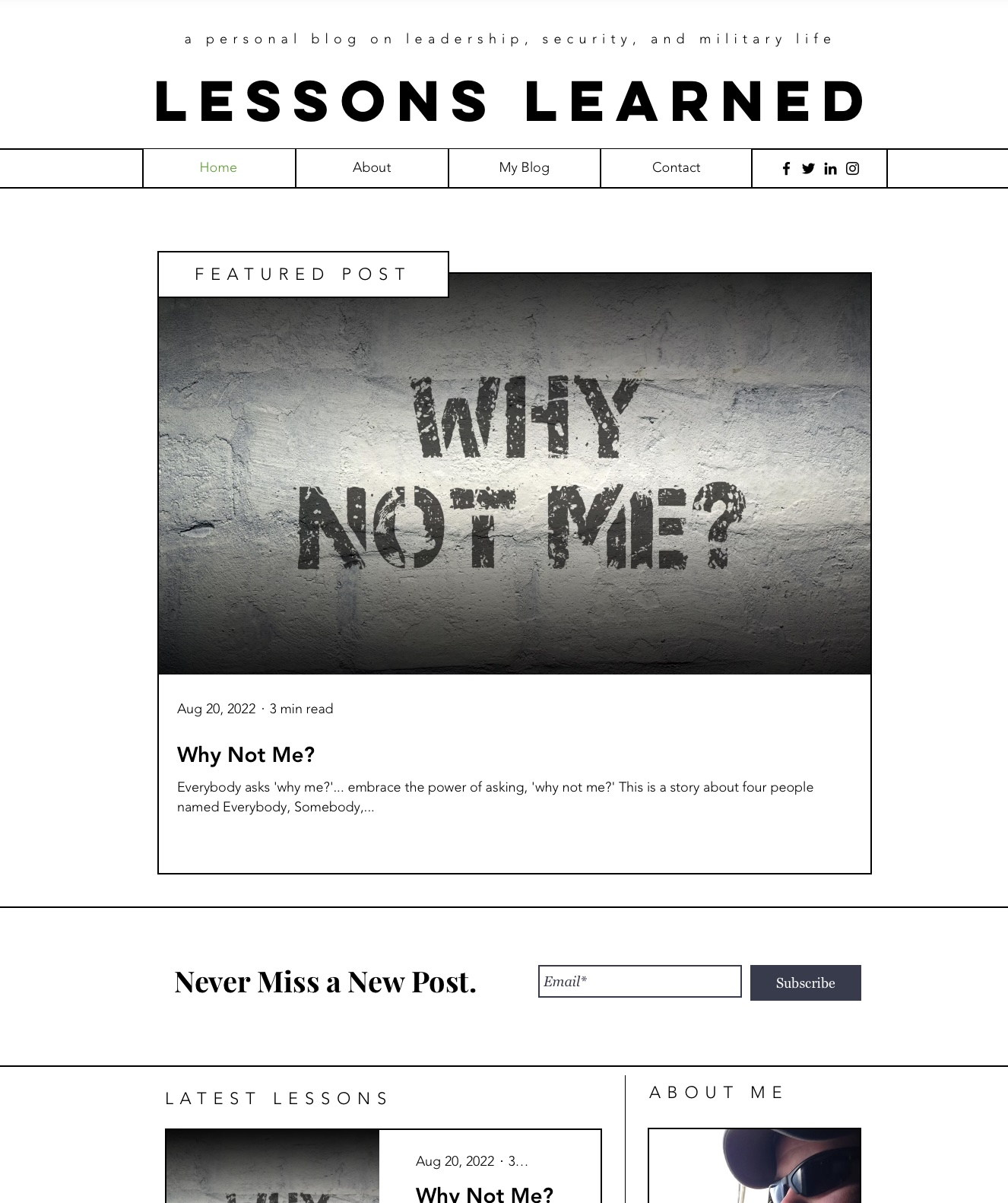The U.S. military services have rapidly changed working uniforms over the last several years, forming a litmus test for adaptability.
If you have followed the U.S. military’s uniform changes in the last 20 years, you might walk away with two clear observations:
- Some folks think that camouflage is still an incredibly important thing for the vast majority of service members fighting in the modern world.
- Standing out among members of other branches is more important than blending in.
Since the turn of the twentieth century and rolling into World War I, the U.S. military has experimented with a wide range of camouflage patterns but resisted widespread use until the 1970s saw the development of the M81 Woodland Camouflage pattern. Fully implemented across all of the services in 1981, that uniform transitioned from being a field uniform to standard wear for any service member not performing formal or ceremonial duties.
This standard carried on until 2002 when the U.S. Marine Corps introduced (and patented) its Combat Utility Uniform and opened the floodgates of competing camouflage studies and fruitless searches for service identity. Shortly afterward, in 2004, the U.S. Army introduced its Universal Camouflage Pattern (UCP) Army Combat Uniform (ACU), and the U.S. Air Force launched its similarly-colored tiger-stripe Airman Battle Uniform (ABU) in 2007. Late to the party, the Navy introduced its Navy Working Uniform (NWU) Type I in 2008, colloquially known as a Sailor’s “blueberries” for its blue-hued pattern. Unsurprisingly, as the cost of procurement of matching equipment for the myriad of tactical uniforms has spiraled, Congress has stepped in several times and pushed the services to adopt a single working uniform.
After significant controversy (and popular adoption by deployed special operations personnel), the Army chose to re-look at one of the original competitors for its ACU-UCP, Crye Precision’s Multicam. After a breakdown in negotiations over cost, the Army determined that while a pattern could be patented, a color scheme could not, leading to the development of the ACU-OCP (or Operational Camouflage Pattern). The Army began introducing the OCPs as a standard uniform in 2015 with the Air Force following (with minor modifications) in 2018. Likewise, the Navy launched the green-hued NWU Type III as the standard shore uniform, phasing out the Type I. Throughout all of these uniform changes, we’ve seen considerable bickering over the pros and cons of each design and frequent debate (and funded studies) over the relative merits of various camouflage patterns in diverse environments.
A Lesson in Change Management
The purpose of that brief primer is to show that in a simple and highly-visible way, the U.S. military has been undergoing constant change since the turn of the millennium. With each of these shifts, there has been a slow process to phase out the old uniform and phase in the new uniform, usually approximately three years. This period is always a fascinating reflection on people’s adaptability, as we contrast the aggressive early adopters with the “from my cold dead hands” crowd.
As someone charged with leading Airmen, I’ve come to appreciate those transition periods whenever I’ve needed to institute an organizational change. According to Dr. John Kotter, there are eight steps to managing change:
- Create a Sense of Urgency
- Build a Guiding Coalition
- Form a Strategic Vision and Initiatives
- Enlist a Volunteer Army
- Enable Action by Removing Barriers
- Generate Short-Term Wins
- Sustain Acceleration
- Institute Change
Of these steps, number two and four explicitly require you to identify people capable and responsive to change to shift your culture. These uniform transition periods have given me an excellent starting point for finding change agents. Airmen that are still in their ABUs or are still wearing temporarily-authorized ABU components are noticeably less likely to go along with the change. Likewise, I’ve been pleasantly surprised to see that some of the older Airmen I would think are resistant to change be the first ones to show up in the new uniform. They can become powerful change agents if you can justify and sell your proposed change to them. Mahatma Gandhi

Become the Change
“Be the change you want to see in the world,” is a famous aphorism that’s often misattributed to Mahatma Gandhi. What he actually said was:
“We but mirror the world. All the tendencies present in the outer world are to be found in the world of our body. If we could change ourselves, the tendencies in the world would also change. As a man changes his own nature, so does the attitude of the world change towards him. This is the divine mystery supreme. A wonderful thing it is and the source of our happiness. We need not wait to see what others do.”
This is a little deeper than the usual quote; it speaks to how a deep self-examination can push us to understand who we, what we can be, and how that can shift our perception. Another popular phrase we can apply is “the clothes make the [person].” While people often think of that phrase regarding people’s external perceptions of you, I think it’s more powerful when we consider how your clothes make you feel internally and act. The simple act of preparing and wearing the updated uniform correctly can present a confident appearance and an outward embrace of change, but that can reflect inside you as well.
This means that I strongly encourage developing leaders to embrace the updated uniform transitions early. It helps them create the impression that they can adapt to change and innovation, but can also help them internalize it and “be the change.” There is an important caveat, however. Just as having a nice suit in the business world can be a powerful tool, it can also be a prohibitively expensive gatekeeper. Likewise, we need to understand an Airman’s financial concerns, supply availability, and other issues before we presume why they haven’t updated to the latest uniform. Like any other tool in your management toolkit, it should never be used alone and can be misapplied.
Conclusion
Since 2002, the U.S. military has gone through an unprecedented series of changes to its daily uniform. Each one has been accompanied by some kind of phased transition process to allow for service members to update as their funds and supply chains allow. While this constant renewal has created many issues, it creates an opportunity to help us identify personnel who are more willing to embrace change and become effective change agents for other initiatives. For the same reason, I encourage young leaders to embrace those uniform changes early to be seen as potential change agents and to help them internalize change as a positive part of organizational advancement. Like all tools, it can be misapplied – especially when used in isolation; make sure that you’re considering other factors. What other factors have helped youidentify effective change agents in your organization?


